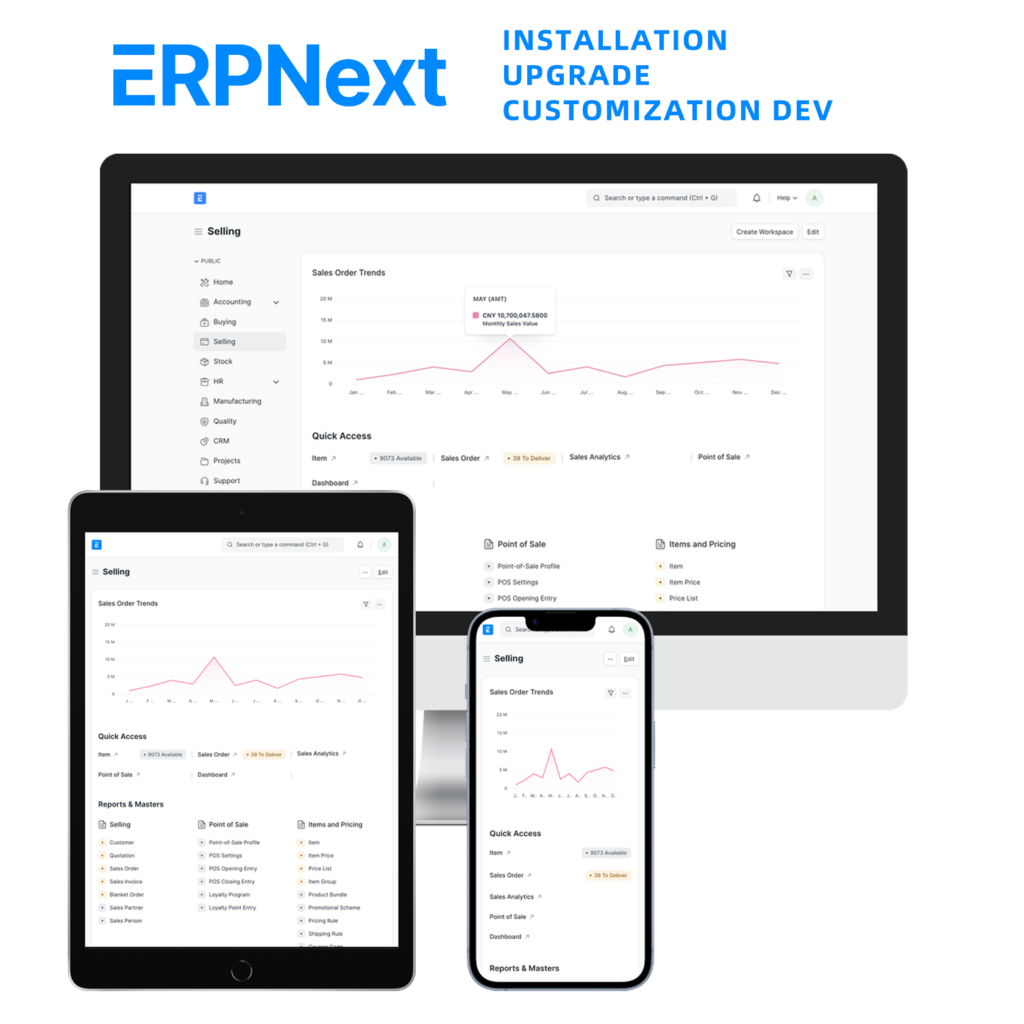In today’s fast-paced digital landscape, manufacturers constantly face pressure to modernize their operations. This often translates to a push towards migrating their Enterprise Resource Planning (ERP) systems to the cloud. While cloud technology offers undeniable benefits, a rushed migration can be disruptive and lead to unforeseen challenges. This article explores a smarter approach to ERP transformations, drawing on a real-world case study to illustrate the value of strategic planning.

The Pitfalls of Pressured Migrations:
Imagine a scenario where your manufacturing company’s current ERP system, while functional, is nearing the end of its vendor support lifecycle. Sales representatives for cloud-based solutions bombard you with promises of increased efficiency and scalability. Anxieties about outdated technology and the fear of falling behind competitors might nudge you towards a hasty cloud migration. However, this knee-jerk reaction can be detrimental.
A recent study by [Industry research group] found that over 40% of manufacturers who migrated to the cloud without proper planning experienced significant disruptions to their workflows, including production delays and data integration issues. The key takeaway? A successful ERP transformation requires a strategic shift in mindset, prioritizing long-term benefits over short-term pressures.
Learning from a Real-World Example:
Let’s look at [Company Name], a prominent manufacturer of automotive parts. Facing a similar situation with their aging ERP system, they opted against an immediate cloud migration. Instead, they took a critical stance and conducted a thorough needs assessment. This process revealed that their core business operations weren’t suited for a full cloud solution, and a hybrid model that leveraged both on-premise and cloud functionalities would be more efficient. Additionally, they explored alternative support options from their existing vendor, extending the life of their current system while ensuring critical updates and security patches. The result? [Company Name] not only saved significant costs on a potentially unnecessary cloud migration, but also gained valuable time to develop a strategic plan for a future system upgrade.
Taking Control of Your ERP Journey:
Empowered by [Company Name]’s example, here are 3 actionable steps manufacturers can take to navigate a smarter ERP transformation:
- Conduct a Needs Assessment: Don’t be swayed by industry hype. Identify your specific needs and pain points through a comprehensive assessment. This will help determine if a cloud solution is truly necessary or if a hybrid or even an on-premise upgrade might be a better fit.
- Explore All Options: The market offers a wide range of ERP solutions beyond the cloud. Research established vendors who can provide continued support for your existing system or explore new solutions that cater to your specific industry requirements.
- Involve Key Stakeholders: Don’t make this a decision made in isolation. Involve key personnel from across your manufacturing operations in the planning process. Their insights will be invaluable in ensuring a smooth transition and maximizing the benefits of your new ERP system.
A Strategic Upgrade, A Competitive Advantage:
By taking a strategic approach to ERP transformations, manufacturers can avoid the pitfalls of rushed migrations. A well-planned upgrade, whether to the cloud, on-premise, or a hybrid model, can lead to significant improvements in efficiency, innovation, and ultimately, a competitive edge in the marketplace. Remember, the key is to prioritize your specific needs and take control of your ERP journey.